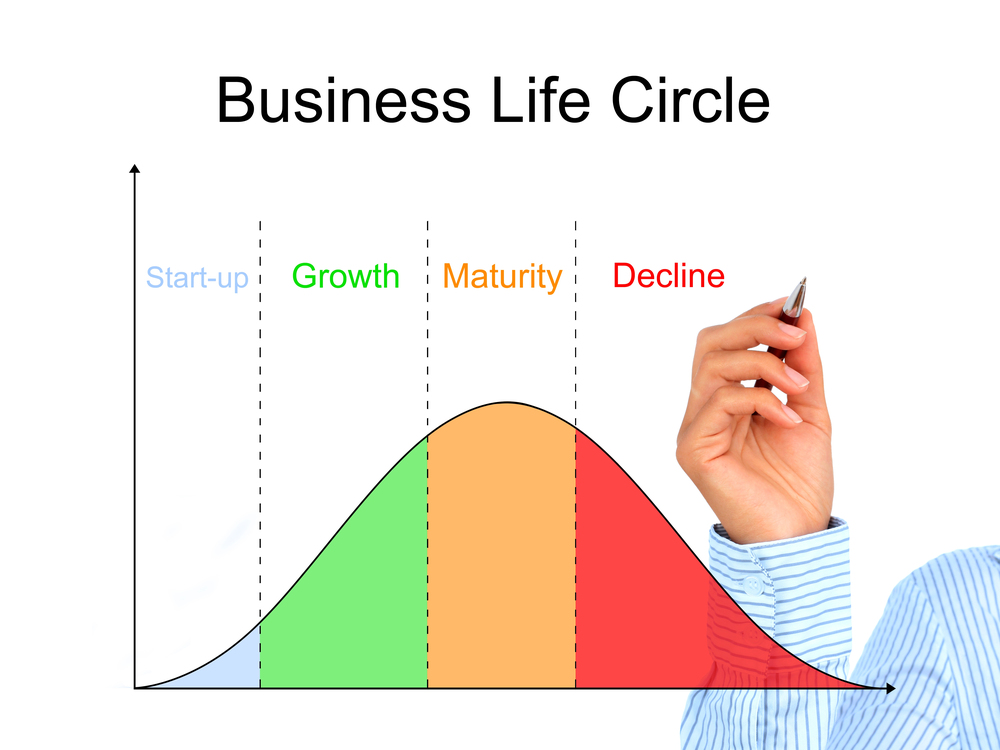Every small business has a rhythm. There are seasons of high demand and slow periods, moments of creative momentum and times of plateau. These cycles are normal and can even be helpful for planning—but if left unexamined, they can become ruts that limit your growth.
Whether it’s the same annual sales dip every July, a predictable burnout after the holidays, or getting stuck offering the same products or services year after year, business cycles are telling you something: it’s time to grow.
In this blog, we’ll explore:
- The natural cycles of a small business
- How to recognize when you’re stuck
- Actionable ways to move beyond a cycle and grow strategically
Understanding the Cycles in Your Business
Most businesses move through predictable cycles—seasonal trends, product life spans, and even customer behavior patterns. Common business cycles include:
- Seasonal Sales Trends: Retailers and service providers often see predictable peaks (e.g., holidays, back-to-school) and valleys (e.g., mid-summer lulls).
- Content or Marketing Routines: You may default to the same posts, promotions, or email sequences each quarter.
- Revenue Plateaus: Sales level off after a period of growth, even with consistent marketing.
- Operational Fatigue: The owner or team starts to feel stretched thin or uninspired, especially after intense periods.
Recognizing these cycles is the first step toward managing them intentionally.
Signs You’re Stuck in a Cycle
- You’re repeating the same promotions or events with decreasing returns
- Your customer base isn’t growing (or is shrinking)
- You’re not launching anything new, just maintaining
- You’re working harder but not seeing bigger results
- You feel reactive, not proactive, in your marketing and operations
These are red flags that you’re stuck in a loop. It’s not a failure—it’s an opportunity to evolve.
Moving Beyond the Cycle
Here are five strategies to help you break through and grow:
1. Audit and Analyze
Take a step back and look at your numbers—monthly revenue, client inquiries, engagement rates, and more. Are there patterns? If summer is always slow, what causes it? If you sell out every December, how can you scale that success?
Action Step: Create a simple spreadsheet or dashboard that shows month-by-month data from the past two years. Identify your peaks and valleys.
2. Innovate Your Offerings
If you’re offering the same services or products year after year, your customers may lose interest—or your market may evolve beyond what you offer.
Action Step: Survey your customers. Ask what they need now, what they wish you offered, or what problems they’re currently facing.
3. Invest in New Marketing Approaches
Repetitive content or promotions will eventually lose impact. Introduce fresh content, experiment with video, try a new platform, or run a limited-time campaign that aligns with customer needs during slow seasons.
Action Step: Choose one new marketing tactic to try next quarter (e.g., influencer collaboration, behind-the-scenes content, loyalty program).
4. Build Capacity Before Growth
Sometimes the cycle is a result of you (or your team) being stretched too thin. Growth requires systems.
Action Step: Document your core processes and explore tools or automation to handle repetitive tasks. Hire help—freelancers, virtual assistants, or consultants—if needed.
5. Set a Bold, Short-Term Goal
Create energy in your business by setting a short, specific growth goal. It could be increasing revenue by 15% over the next 90 days, launching a new service, or expanding into a new market.
Action Step: Write the goal, give it a deadline, and map the weekly steps needed to achieve it. Track progress and adjust quickly.
Your business’s cycles aren’t barriers—they’re signposts. They show you where the comfort zones are and where the opportunities for growth lie. By observing these patterns and making intentional changes, you can break free of the rut and set your business on a stronger, more strategic path forward.
Growth doesn’t come from doing more of the same. It comes from doing something different—smarter, braver, and with your future goals in mind.
Need help analyzing your business cycles or building a marketing strategy that breaks the pattern? Reach out today for a consultation. Let’s grow smarter—together.
About the author: Autumn Edmiston is the CEO and owner of the Edmiston Group. The Edmiston Group is a multifaceted Pittsburgh-based marketing consulting firm providing senior-level marketing management services to businesses and non-profit organizations on a short or long-term basis. Core areas of service are business development strategies, website creation and management, social media management, marketing, strategic planning, and public relations. The Edmiston Group has consistently delivered and implemented real-world, proven business marketing ideas and strategies for business.











